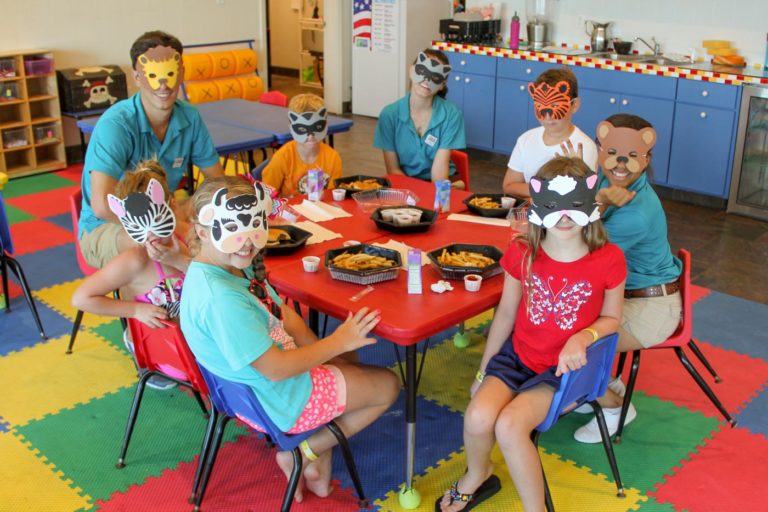Safety and security are always a concern of the travel industry, no matter who the traveler might be. A major issue when dealing with children is their safety and security. In the case of young travelers, the situation becomes even more difficult and emotional. There are many reasons for this heightened need for safety and security. Among these are:
1) Children are perceived to be more vulnerable
2) Most people tend to be highly protective of children
3) The legal ramifications of injury to a child may be even more severe
4) Children evoke emotional reactions, and these emotions may crowd out rational thinking
Child safety and security tends to become the responsibility of three groupings:
1) The child or young adult
2) The parent of guardian of the child
3) The host institution
The following is a partial list of precautions that all of us need to take when dealing with the child segment of the travel market. To help provide a safer ambiance for family vacations, consider some of the following.
Just as in the case of marketing efforts, tourism security efforts need to segment the market into at least four age brackets. Some suggested brackets might be: (1) new borns-2 years, (2) 3-7 years, (3) 7-12 years, and (4) teenagers until the legal age of 18. The essential issue is to realize that while both a 17 year old and a 2 year old are legally both minors, from a safety, security, and sociological standard, they operate in a very different ways and require very different guidelines. To help maintain these various groups safe and sound Tourism Tidbits offers the following suggestions. It should be noted that these are only a few suggestions of the many that are needed, and final decisions should be made by an onsite professional.
– Keep video cameras going. In case a child is lost (or Heaven forbid kidnapped), a video camera may be an excellent tool in locating the child.
– In places where adults and children mix, consider the use of ID bracelets being offered at the time of ticket purchase. You can use the ID bracelet either as a check-in/check-out device or give them away as a souvenir. In either case, should the child be lost, the security agent will have a name and phone number to call. It is a good idea to place both the local and home number on the bracelet.
GOT NEWS? click here
Google News, Bing News, Yahoo News, 200+ publications
– In areas that have special young people’s sections, make sure that it is only children who enter. Adults should not be allowed into a children’s section. If an adult is needed there in case of an emergency, he/she should only be allowed to enter accompanied by a trained security agent.
– Develop policies on older children or unaccompanied minors. Younger children may be less of a problem than older children (12-17 years of age). These are guests who are legally still minors but can often do a great deal of damage or may demand that they be treated as adults even though such treatment is against the law. Make sure that all personnel are familiar with your business regarding minors’ safety and behavior of and with minors. Employees need to know:
– policies and laws that specifically deal with people under the legal age of maturity
– how to handle an angry or non-compliant minor
– how to handle someone who may be making a scene
– -when to actively intervene or call for additional help
– how to check IDs without offense – a person’s ID is checked and questioned as to the whereabouts of his/her parents
In the hour before closing, it is very important to make sure that unsupervised young people are accounted for. In cases where the young person falsely believes that he/she is grown-up, ask for both a driver’s license and a social security number.
– Be aware of child abandonment/abuse. A form of child abuse is abandonment of a child. Train personnel to be on the lookout for all forms of child abuse. For example, if an adult is hanging around other people’s children asking for that person’s ID, turn security cameras on the person and attempt to get the license number of the vehicle being driven. The more information you have, the easier it will be for the police to act should there be a problem. Do not assume that a child abuser will return the next day. It may be weeks or months, or never, until that person returns.
– Develop cooperative information centers. Work with local police departments, hotel associations, and other attractions so that information can be passed between security departments rapidly and easily. Remember people judge a locale on just one negative incident. When something goes wrong in one place, it can affect the entire local tourism community.
– Be careful of safety concerns. Do a safety analysis; look for and correct such things as: glass doors against which inadvertently a child may run into, issues of food safety, or balconies over which a child may climb and jump.
Dr. Peter Tarlow is part of the Safer Travel Program by eTN. More information
www.safertravel.com








